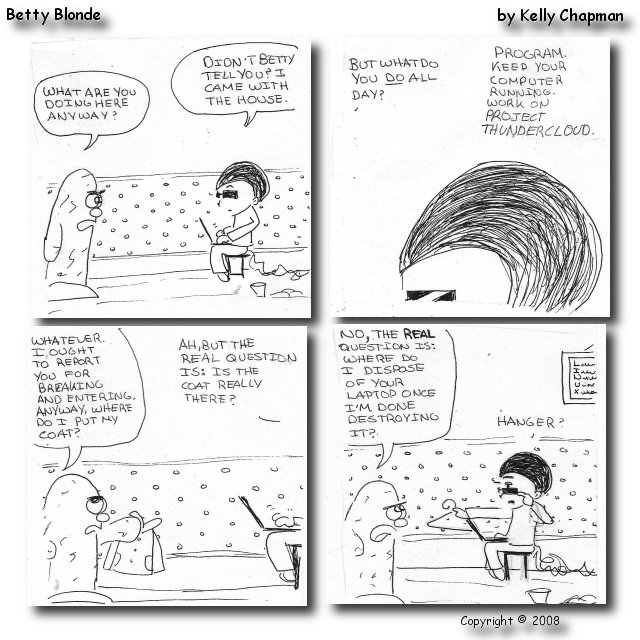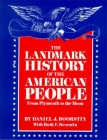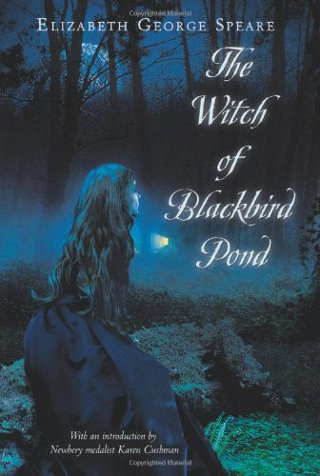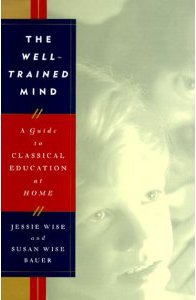This post was submitted to Sonlight (the homeschool curricula people) as part of their call for “It Was Worth It” stories. Homeschooling was absolutely worth it, essential even, so this fit us to a tee. If Sonlight accept my entry, I will post a link to it here.

Mothers are the primary educators in most homeschools in America today by a wide margin. That made our homeschool a little bit out of the norm. I, the father, performed the daily planning, one-on-one teaching, homework correcting, reading aloud, practicing of spelling and everything else that had to do with the academic elements of our family homeschool. Of course Mom did all the hard work–driving to lessons, practices and a million other events in addition to maintaining the household while I worked a day job. Our reality, though was that I am the only member of the family who had no misgivings at any time whatsoever about whether we should homeschool. I had plenty of misgivings about how well we were doing, but that we should homeschool our children was something I never questioned. The whole family is grateful for our decision to stick it out in our homeschooling.
Why and How We Homeschooled
We have two children about eighteen months apart in age. We homeschooled Kelly, our oldest in the first grade just because there was no regulatory reason to put her in school and we wanted to have that extra year with her in the house. It was a great experience. Kelly got way ahead academically. The problem was that we tried to followed a well-known book on Classical Education that called for the parents to cover material following a specific pattern that was excellent in terms of pedagogical methods and content but left daily planning and the finding of materials to the parent. We rapidly found the search for materials and creation of daily plans was sufficiently time consuming that it was hard to do justice to the teaching, too. We think we did well, but we were completely burned out by the end of that first year.
The next year we put Kelly into the local government school because we knew we could not maintain the frenetic pace required to teach the kids well with the methods we used in that first attempt at homeschooling. Our son Christian did not want to be left out, so we put him into kindergarten at the same school as Kelly. That actually did not go badly, but we changed school districts after a couple of years and found ourselves in a situation where neither the moral nor the academic standards of the school aligned with what we wanted for the kids. Worse, we saw their spirits start to harden. So we decided we would try homeschooling again. We knew we would have to find another way. We had the will to homeschool, but we knew we would burn out if we did all the planning, bit-by-bit purchasing and teaching the same way we did it previously.
We looked at a lot of programs, but found what we needed in the Sonlight Core homeschool programs. We were able to replace the bulk of the rewarding, but time consuming day to day planning and purchasing with about a two week summer activity. In one fell swoop, we could buy detailed daily lesson plans and ninety percent of the materials we needed to operate our school for the entire year. It is hard to sufficiently emphasize the importance of this to our homeschool. We loved homeschooling from the very beginning, but there is no way we could have returned to it had we not had these materials and lesson plans. We were now freed up to spend the bulk of our time with the kids, teaching.
Was It Worth It? — Time With the Kids
In looking back, the time we spent with our kids was the single greatest contributor to the success of our homeschool. Within weeks after we returned to the homeschool, the kids became more optimistic and their spirits softened. We read, drew, played, traveled, skied, shopped and did so many other things together that would never have been possible had we not homeschooled. We went to museums, plays, parks and made trips to visit family in Mexico during the school year that would never have been possible had we not homeschooled. Most of all we talked and talked and talked about virtually everything under the sun in a way that was natural and not forced due to lack of time. We do believe in that old adage that, when it comes to children, quality time is quantity time.
Was It Worth It? — Academics
We have no illusions that any of us are particularly gifted intellectually, but the one-on-one time that homeschooling allowed, provided us with a modicum of academic success. When we started, we wanted the kids to get an education at least as good as that provided by a reasonably good traditional school. It became evident fairly soon that there are some fairly amazing academic advantages to homeschool. We generally got started pretty early in the morning, so Kelly and Christian would watch the other neighborhood kids line up for the school bus while they were already doing their daily homeschool work. They would still be at it when the kids got off the school bus in the afternoon. They had more time to complete more material more deeply than the traditional school kids.
There is much that has been written about the ability of homeschools to both tailor the learning for each individual child and provide one-on-one tutoring whenever it is needed. Add to that the enthusiasm a parent uniquely has for the education of their own children and the advantage is multiplied. For our kids these advantages manifested themselves as high levels of performance on nationally normed standardized tests. The kids took the ACT every year as a matter of North Carolina homeschool law. They did well enough on the ACT that we were able to start Kelly in the local community college full time after the tenth grade. She already had over a year of college credit from CLEP tests she had taken previously. Christian did not want to be left at home alone and he did well enough on the ACT, that we were able to start him full time at the community college after the eighth grade.
People ask us whether the kids were ready for college at such a young age–Kelly, with her CLEP credits skipped three and a half years of high school and Christian skipped all of high school. We were a little worried they might not be able to handle the social environment at the community college or at North Carolina State University where they entered two years later as academic Juniors. Our fears were unfounded. The uniquely powerful socialization that occurs in an active and engaged homeschooling family allowed them to fit right in. Kelly graduated Magna Cum Laude at age 20 from NCSU with a Bachelors degree in Statistics. She is now in a fully funded Marketing PhD program at University of Washington. Christian graduated Summa Cum Laude from NCSU at age 18 with an honors degree in Applied Mathematics. He is now a Fellow of the Fulton School of Engineering studying for a PhD in Electrical Engineering at Arizona State University with funded research from MIT Lincoln Labs.
Homeschool is all about training up a child in the way he should go and it was absolutely worth it.
Betty Blonde #325 – 10/14/2009

Click here or on the image to see full size strip.
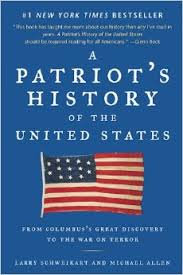 We used A Patriot’s History of the United States as our principle text for the study of U.S. History during homeschool. We had not planned to do that, but needed something after we were sorely disappointed by our experience with Joy Hakim’s politically correct and simplistic A History of the US provided by the Sonlight program. This was the one glaring weakness in what we feel is a stellar homeschool offering. Hakim’s screeds were just a bridge too far in terms of both focus and dumbed down content. Hakim’s highest earned degree is a Masters degree. Her undergraduate degree was in Government and I could not find the area of her Masters degree so who knows whether she has any formal training in History.
We used A Patriot’s History of the United States as our principle text for the study of U.S. History during homeschool. We had not planned to do that, but needed something after we were sorely disappointed by our experience with Joy Hakim’s politically correct and simplistic A History of the US provided by the Sonlight program. This was the one glaring weakness in what we feel is a stellar homeschool offering. Hakim’s screeds were just a bridge too far in terms of both focus and dumbed down content. Hakim’s highest earned degree is a Masters degree. Her undergraduate degree was in Government and I could not find the area of her Masters degree so who knows whether she has any formal training in History.



